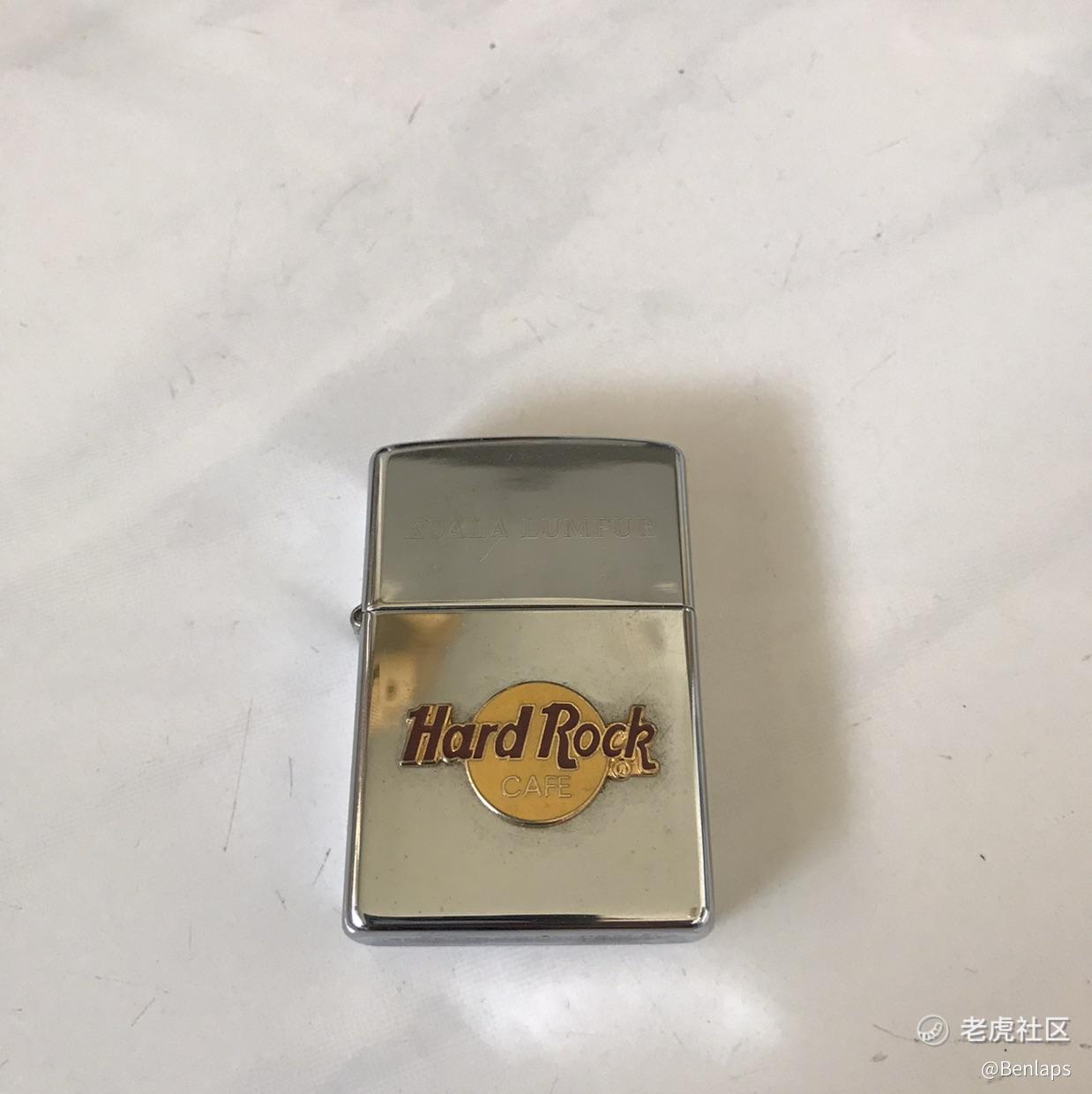
Benlaps
No personal profile
250Follow
7Followers
0Topic
0Badge
Sad
U.S. weekly jobless claims unexpectedly increase
True
JPMorgan Says Stock Decline Represents Buying Opportunity
Short time effect
Stocks fall slightly as investors brace for more September volatility
Mayb longer then expected
Sorry, the original content has been removed
Consistent
Sorry, the original content has been removed
Hhhmmm
GameStop, Cameco, Apple, Tesla, AMC: Stocks Buzzing On WallStreetBets Heading Into New Week
No time is right time, just buy
Buy or Sell Apple Stock Ahead of iPhone Event?
Good to buy
Sorry, the original content has been removed
Time to buy
Sorry, the original content has been removed
Cool
GameStop, Moderna, Home Depot, Kroger, and Other Stocks for Investors to Watch This Week
Good…
Why Are United Microelectronics Shares Trading Higher Today?
?
Sorry, the original content has been removed
?
Oil Holds Near $72 After OPEC+ Approves Planned Output Hike
Sad
Sorry, the original content has been removed
Sound good
This Unloved Tech Stock Could Make You Rich One Day
??
Female empowerment ETFs are at hit all-time highs on Women’s Equality Day
Matter of time
Wall St extends rally, pushing S&P 500 to 50th all-time high close this year
??
Tesla starts Model Y deliveries in Europe
Yes
Sorry, the original content has been removed
Good
Buy the pullback in chip stocks — and focus on these 6 companies for the long haul
Go to Tiger App to see more news